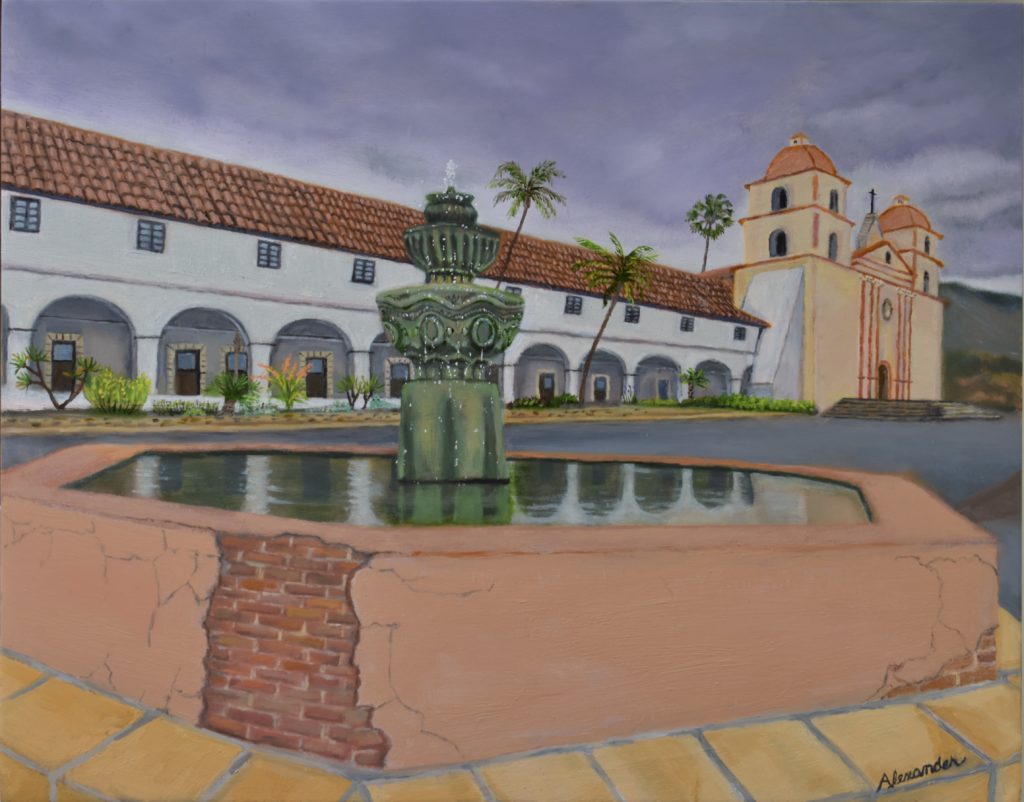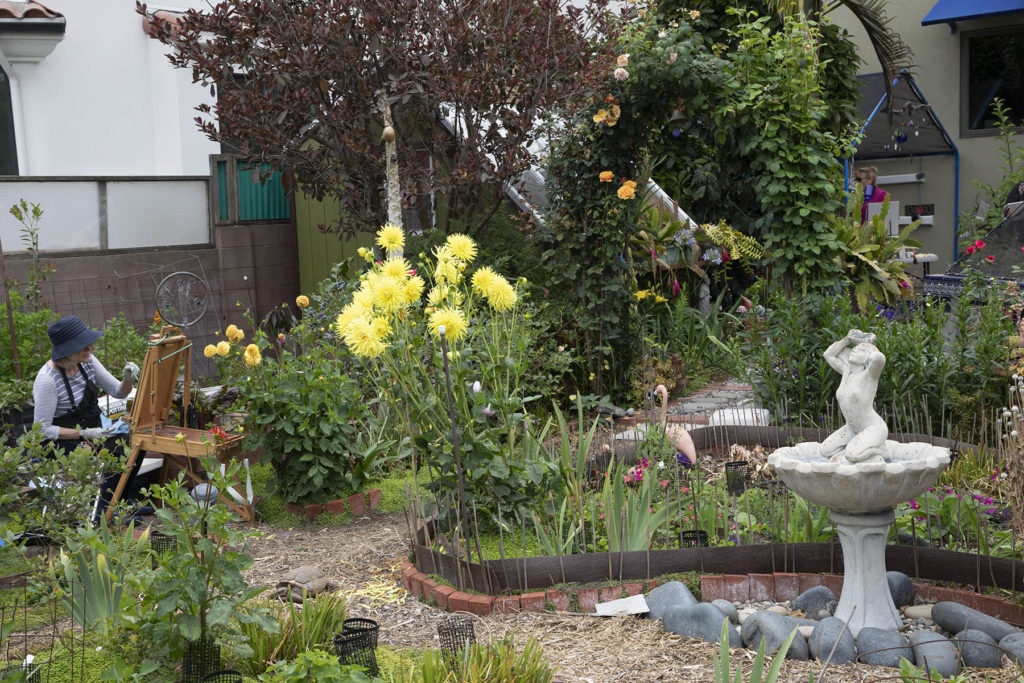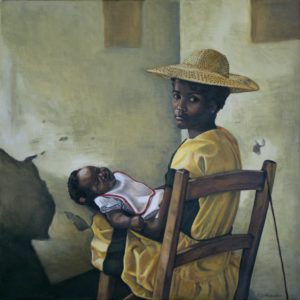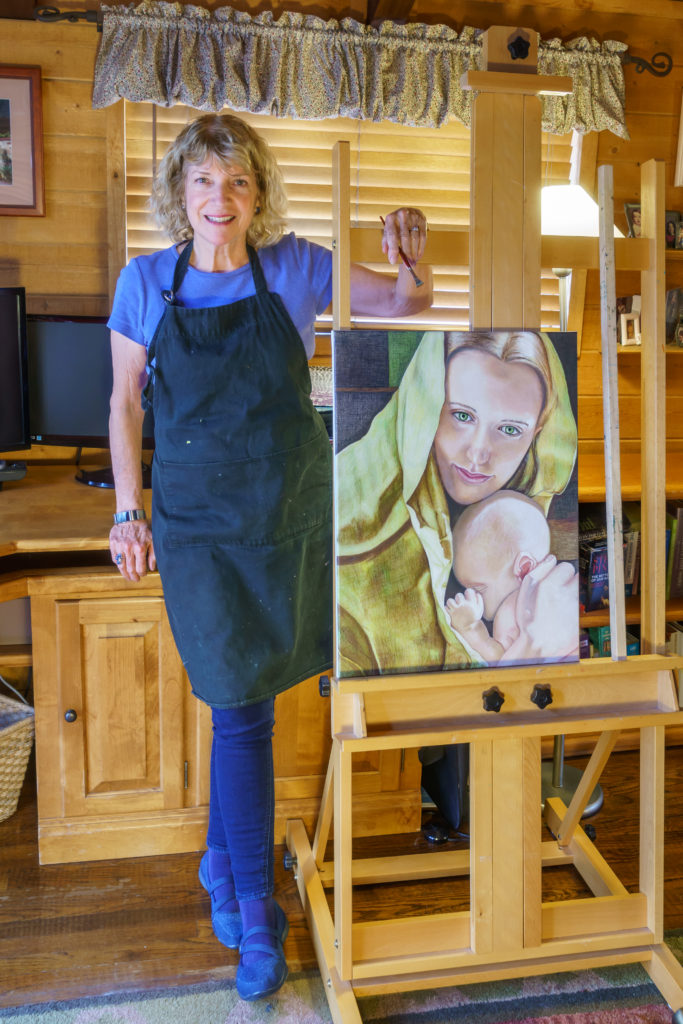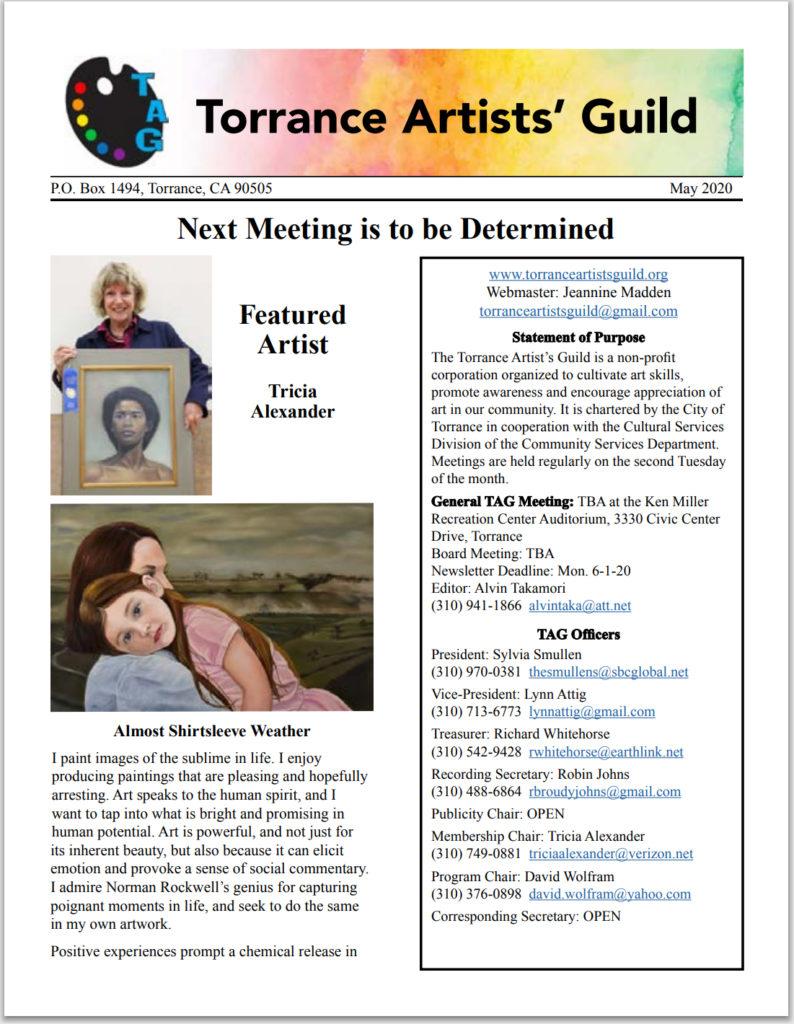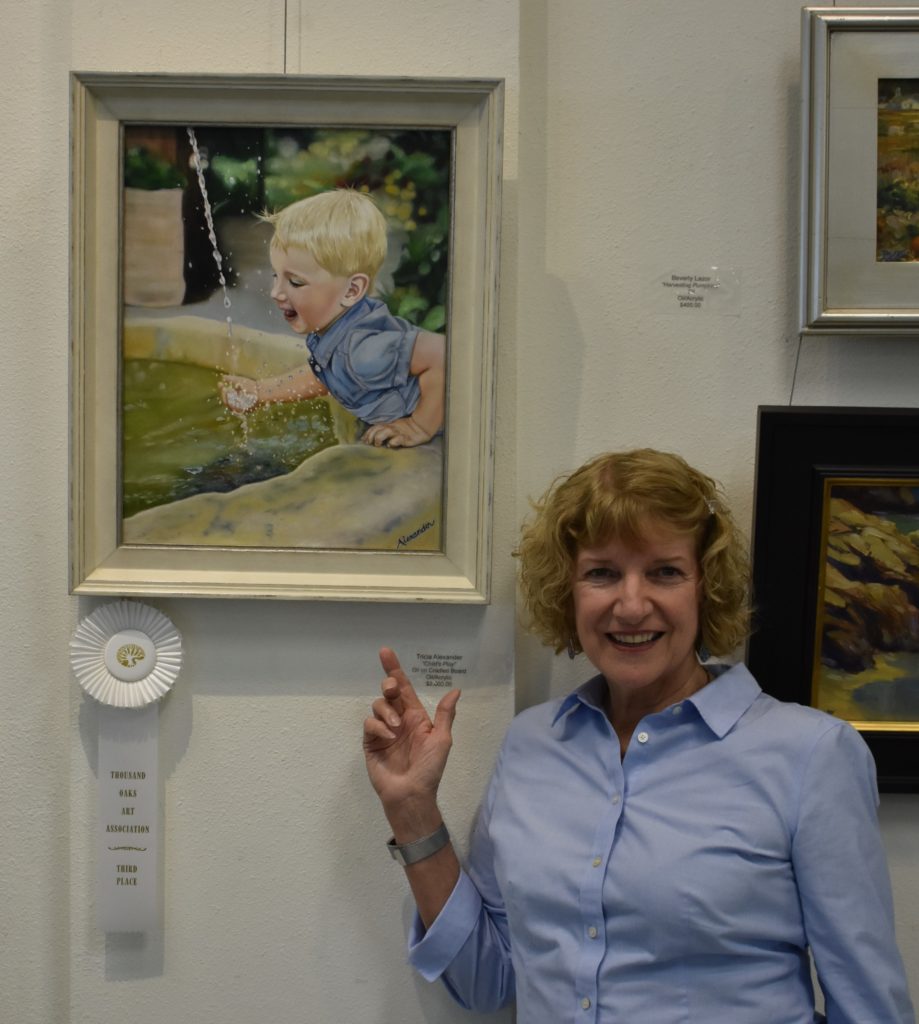
Unfortunately, I have only participated in one art show so far this year. In the February Thousand Oaks show, my painting “Child’s Play,” was awarded third place. During a pandemic, no one would be wise to hang out in groups at an art show, sharing food and air particulates. I feel for our fellow Americans who are in desperate straits.
Making art is about the individual personal creative process, whereas pricing art for sale has to do with what’s happening in the real world where market forces dictate how much things are worth. What follows is a look at the various things to consider when setting a price on your artwork.
I believe this is a topic worth discussing, because I have often heard that artists tend to charge ridiculously low prices for their work, and I have noticed this myself. For example, at a local art show, I spotted a beautifully executed 18×24 watercolor, matted, framed, and of course with glass, selling for $350, some of which would have needed to be paid as a commission. If that piece was custom-framed, the artist might just about break even. If her goal was to simply disperse her work into the world, she would probably accomplish that end. Yet her price could have a killing effect on sales of artists who are trying to make a decent living from their efforts.
My former painting teacher, Christopher L. Cook, prices his paintings strictly by size. Every single painting of his that is the same size is the same price. He is a young man who is a professional, intending to make a living selling his paintings. I have been plein air painting with him and have seen him create a painting in 4-5 hours, although he would be likely to tweak it later when back in his studio. Even his small paintings sell for around $1600.
To some extent, I have adopted Christopher’s strategy, in that I start with the idea of charging the same price for the same-sized paintings. All of my 11×14 plein air landscapes are priced at $400. However, if I consider a painting to be one of my best ever, I’ll put a higher price on it, so that if it does sell, I’ll at least have the satisfaction of being well-paid for it. My single portraits are generally a minimum of $1,000 and double portraits more still. This greater price is partly because these are larger paintings and take me up to 50 hours to complete. They are also my best work.
Of course your pricing strategy depends on how much you desire to sell your work as well as how much wall space and storage space you have to keep pieces you don’t sell. The famous British painter, Joseph Mallord William Turner refused to sell any of his paintings. He wanted to leave them to the British people as a body of work. He could afford not to sell his paintings and not to work at anything other than painting. He had a large house with ample wall space for hanging his “progeny”.
Another factor to consider is how long it takes you to complete a painting. It takes me from 20-50 hours, but I have a plein air painter friend who can knock out two paintings in an afternoon. In the rare cases when I do a plein air painting, I plan to spend four hours “in the field,” but I also take my good camera so that I can snap reference photos to finish up back in my studio. If I allow myself a mere $15 per hour, and spend 20 hours, that means I would need to charge $300 for an unframed painting (ignoring the cost of materials), but only if I don’t need to pay a gallery commission. If I were to pay a 50% commission, I would need to charge $600 plus tax, in order to earn a minimum wage. For this reason, I’m somewhat in sympathy with Turner, in that I’d often rather keep the painting than find myself $300 richer.
I have placed paintings in galleries that charged anywhere from 10% up to 50%. I put a higher price on a painting if I am obliged to pay a higher commission. I had a painting that I wasn’t particularly interested in selling, as I knew it was one of my best, so I put a price tag of $4,000 on it, and it sold anyway. I only received half of that, so it was marginally worth it to me to part with the piece. My younger daughter still hasn’t forgiven me for selling it.
Luckily, I don’t need to make a living selling my paintings, so I think about at what price I would be willing to give them up. I keep working on my paintings until I like them and can see nothing that needs to be improved or corrected. As I wrote earlier, if I believe a finished painting is among my best work, I charge more for it. If I show it in a custom frame especially selected to suit that painting (which I usually do), I add the cost of the frame to the price. Other materials should also be considered, which could be anywhere from $25 to $150 if the painting size isn’t larger than 18×24.
I’m perfectly happy to sell a giclee to anyone who admires a painting of mine, but who doesn’t have the money to buy the original. That way, we’re both pleased, as my customer receives an inexpensive version of my painting, and I still have the painting. The only drawback here is that some of the giclees don’t do the original painting justice. For example, these days, I like to work on a perfectly smooth surface, yet giclees are always, as far as I know, transferred to canvas, which adds undesirable texture, in my view. Still, a purchaser of a couple of my giclees called me this morning to let me what great joy he derives from his copies of my work. Happy ending.
